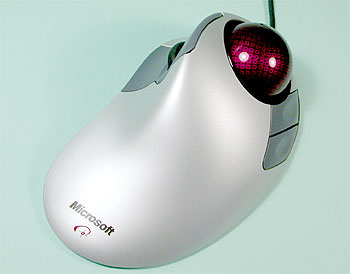Team Epee & Time Dilation
It's the Prof Duffy Memorial tomorrow. It's an team epee competition and I'm on a team with Niall O'Cleirigh, and Shane. We're entering in as one of the UCD teams, so I know people who won't be impressed with that ;-)
I'm afraid my training hasn't been the best. Last night, I took a very long epee lesson from Evegenny; ever notice how I spell his name differently every time I write it? That's the only training, however, that I've done with an epee this year. It shouldn't be too bad, I'd say we're all around the same level.
...
More hard-scifi stuff; While looking up details of relativistic speed, and time dilation I found this link explaining it all. C-ship: Relativistic ray traced images:
Welcome aboard C-ship, exploring flight near the speed of light! C-ship helps you understand Einstein's theory of Special Relativity intuitively through the medium of computer-synthesised images
Call me a geek if you like, bit this paragraph lends itself to the very cool title of Team Epee & Time Dilation, that I've given this entry.




